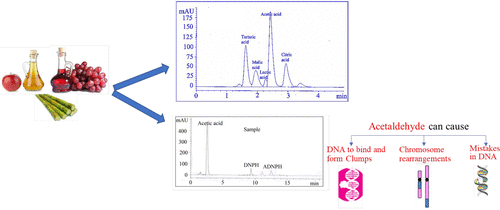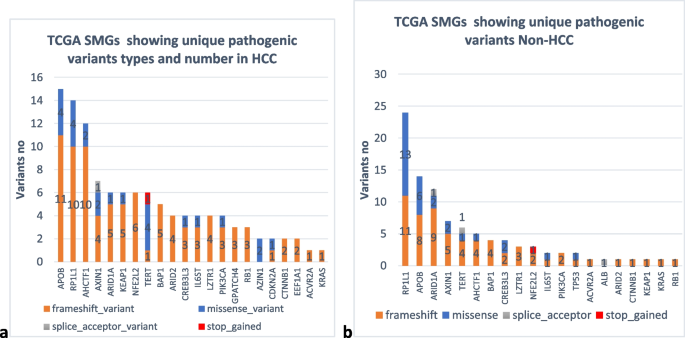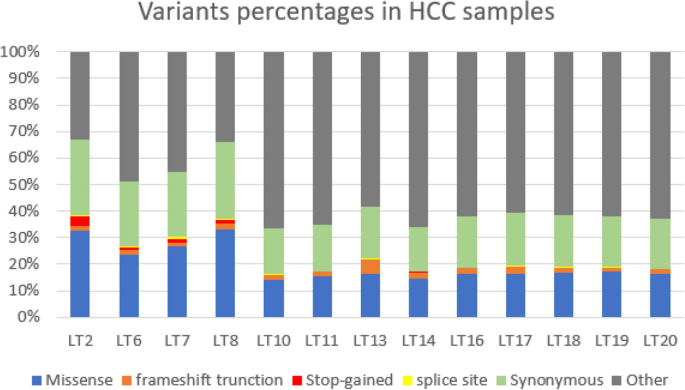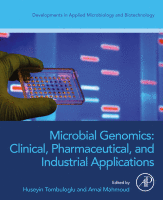

Detection and Identification of Adulteration in Vinegar Samples Based on Reversed-Phase High-Performance Liquid Chromatographic (RP-HPLC) Strategies
Adulteration of vinegar to gain economic benefit has become a common practice in recent years. RP-HPLC strategies were proposed for the assurance of the concentration of acetic acid, rare organic acids (tartaric, malic, lactic and citric), and acetaldehyde in Egyptian vinegar samples. The flow rate was 0.5 mL/min using UV detection at 210 and 365 nm for organic acid and acetaldehyde, respectively. The linearity was 0.05-0.60 g/100 mL for acetic acid, 0.01-0.12 g/100 mL for citric, malic, and tartaric acids, 0.005-0.060 g/100 mL for lactic acid, and 0.02-0.16 mg/L for acetaldehyde with r2 > 0.999. Shortest retention time was at 2.38 min for acetic acid. %RSD for repeatability and reproducibility were <2%. The methods are accurate and precise with recoveries ranging from 94.20 ± 2.28 to 116.41% ± 3.70. The acquired information recommended that these techniques could successfully investigate diverse organic acids in real samples, and they have a wide extent of utilization.



